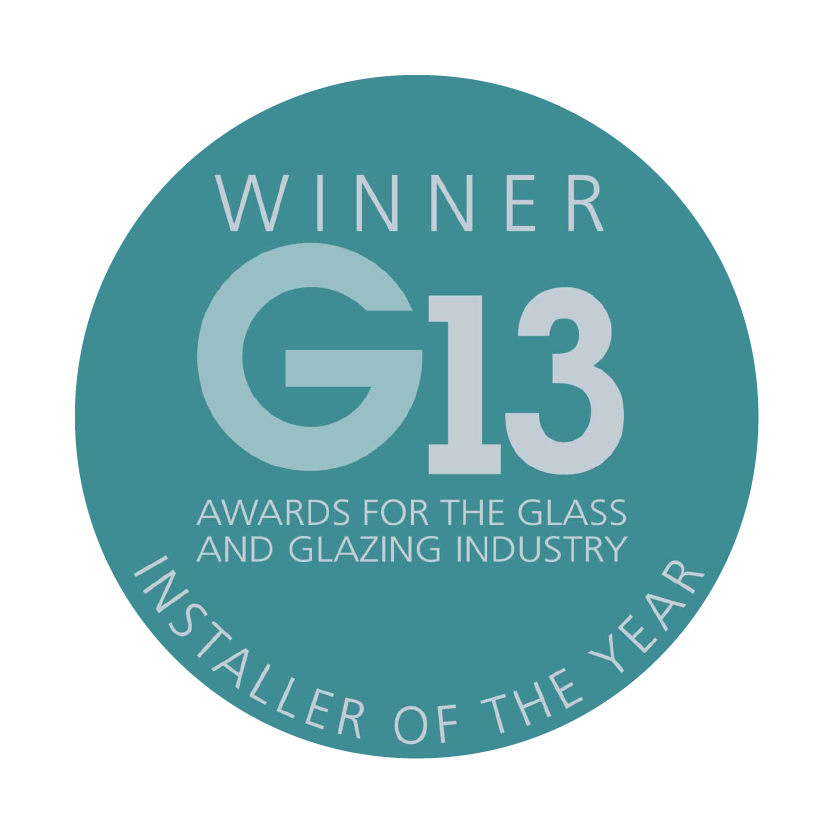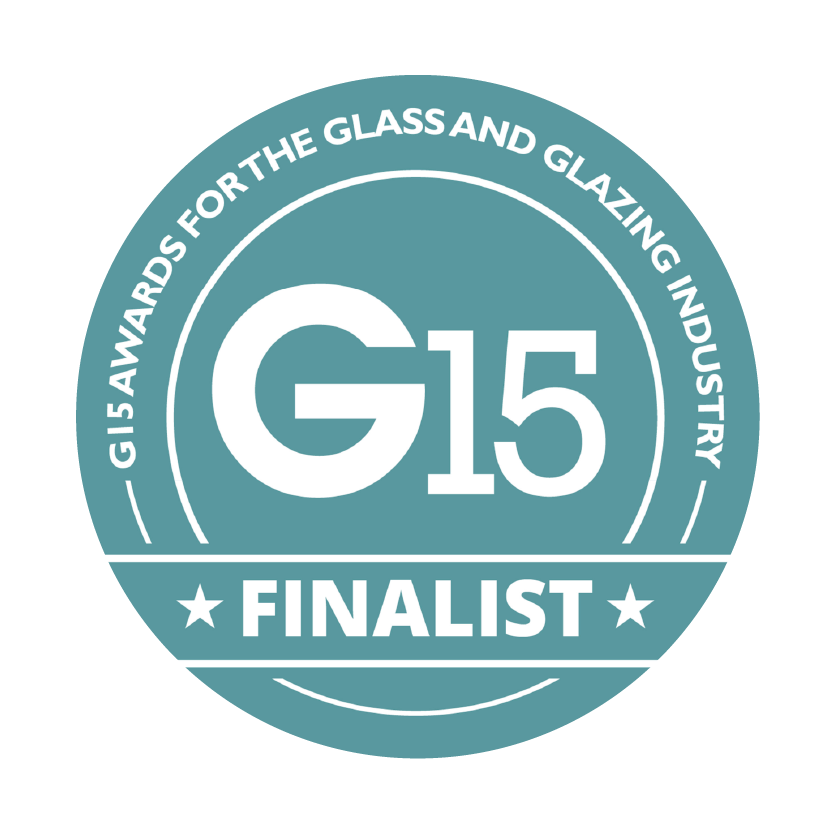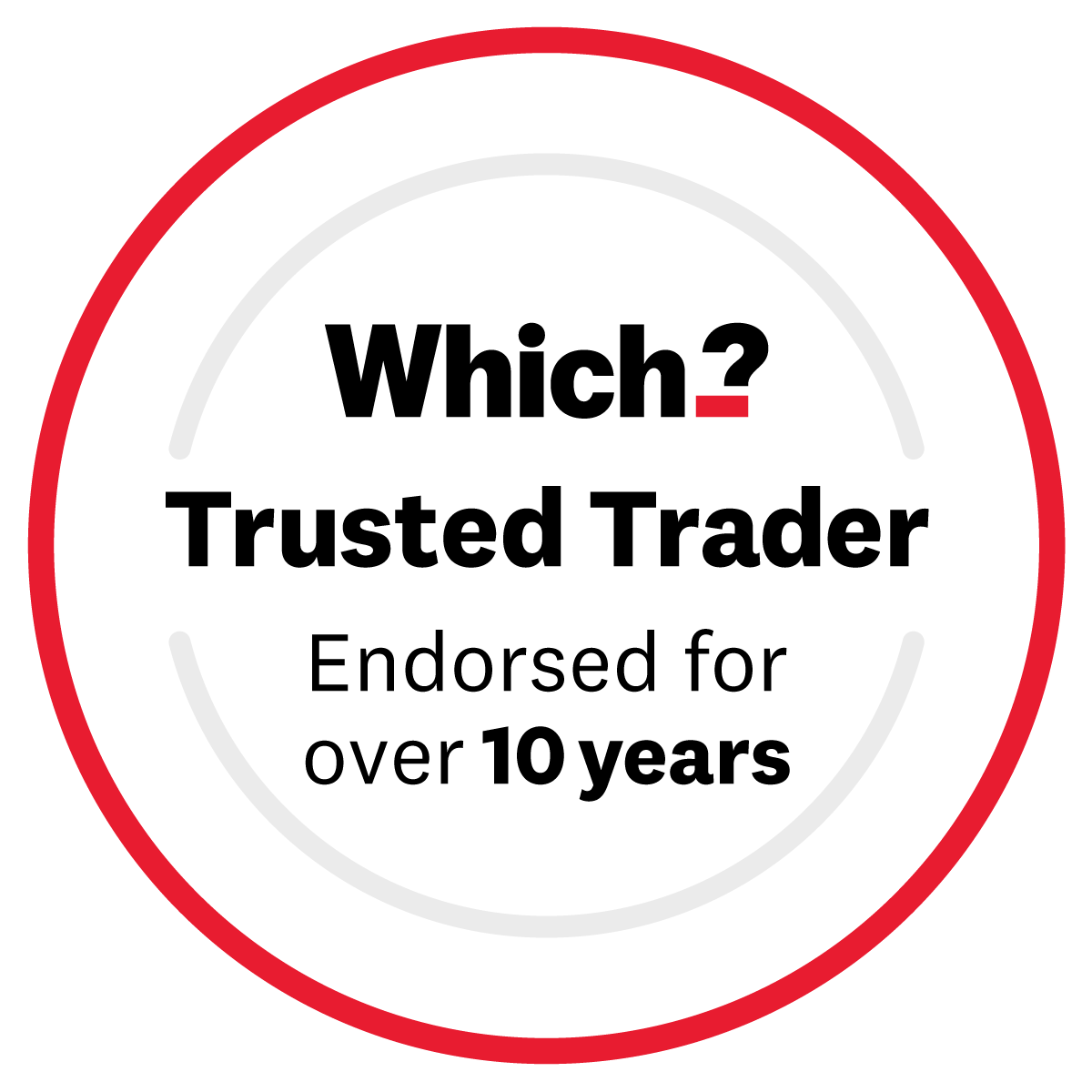
Timber - PVC - Aluminium - Windows, Doors & Conservatories in Hampshire
The Ultimate Guide to Replacement Windows: Energy Efficiency, Design & Costs
The Ultimate Guide to Replacement Windows: Energy Efficiency, Design & Costs
📌 Key Takeaways: Replacement Windows
- Savings: Replacing single glazing with A-rated windows can save up to £140/year (Source: Energy Saving Trust).
- Materials: uPVC is cost-effective, Aluminium is slim and strong, Timber is ideal for heritage homes.
- Regulations: New windows must meet strict ventilation rules (Part F) to prevent condensation.
The experience of “window shopping” has been revolutionised. Since KJM Group began serving Hampshire and Dorset in 1983, we’ve witnessed a massive leap forward in technology. Today’s products offer levels of security and thermal efficiency that were unrecognizable just a few decades ago.
If you are considering upgrading your property, understanding these modern advancements is key to making a worthwhile long-term investment.
Table of Contents
1. How Much Will I Save? (The Data)
We know that replacing windows is a significant investment. But what is the return?
According to the Energy Saving Trust (2024) External, upgrading from single glazing to A-rated double glazing in a typical semi-detached gas-heated home delivers the following benefits:
Annual Savings (EST Data)
Bill Reduction
Up to £140 per year on heating bills.
Payback
Immediate reduction in energy usage.
Value
Increases resale value and EPC rating.
Carbon Footprint
Save 380kg of Carbon Dioxide (CO2) per year.
Longevity
Modern windows last 20+ years with minimal maintenance.
Recyclability
uPVC and Aluminium are widely recyclable.
2. Material Battle: uPVC vs Aluminium vs Timber
The glazing industry has worked hard to shed its reputation for “plastic” looking windows. Today, you have three distinct choices.

Pros
Lowest cost, zero maintenance (no painting), excellent insulation.
Style
Available in woodgrain foils (Residence 9) to mimic heritage timber.
Pros
Strongest material, slimmest frames (more glass), lasts 30+ years.
Style
Crisp, clean lines. Perfect for bi-folds and contemporary homes.
Pros
Natural aesthetic, renewable material, highest initial cost.
Style
Essential for Grade II Listed buildings or conservation areas.
3. The Science: U-Values & Ratings
Thermal efficiency is arguably the single biggest reason homeowners choose replacement windows. However, the mix of factors can be confusing.
The topic of U-Values, G-Values (Solar Gain), and WERs (Window Energy Ratings) is deep. Understanding the difference between “keeping heat in” and “letting sun in” is critical for extensions.
[Image of double glazing layers diagram]Want to geek out on the science?
We have written a dedicated guide decoding the difference between Ug (Centre Pane) and Uw (Whole Window) values, and why south-facing rooms need different glass.
4. Is Triple Glazing Worth It?
Triple glazing adds a third pane of glass and a second cavity filled with Argon gas. It is approximately 20% more expensive than double glazing, but offers superior U-values (often below 1.0) and better noise reduction.
Our Verdict: If you live near a busy road or are building a new extension, Triple Glazing is worth the investment. For standard replacement windows in a sheltered area, high-spec Double Glazing is often the “sweet spot” for return on investment.
5. ⚠️ Warning: Ventilation Rules (Part F)
Since 2022, Building Regulations (Part F) have changed. If you replace windows, you must not worsen the ventilation of the property.
⛔ Don’t Ignore Trickle Vents
Modern windows are airtight. Without ventilation, moisture from cooking and breathing gets trapped, leading to mould and poor air quality.
In almost all cases, replacement windows must now be fitted with Trickle Vents (small slots in the frame) to allow background airflow. This is a legal requirement detailed in Approved Document F External.
📚 Related Guides
- Science: U-Values Explained
- Comparison: uPVC vs Aluminium Guide
- Security: PAS 24 & Security Explained
6. Frequently Asked Questions
According to the Energy Saving Trust, high-quality double glazing lasts between 20 to 35 years. KJM has been installing since 1983, and we still see our original windows performing well today. Longevity depends on maintenance—cleaning hinges and seals annually.
FENSA External is a government-authorised scheme that monitors building regulation compliance for replacement windows and doors. As a FENSA registered company, KJM issues you a certificate after installation. This proves your windows are legal and is essential when selling your home.
Generally, no. Replacing windows is “Permitted Development” unless you live in a Listed Building or a Conservation Area with an “Article 4” direction (which removes permitted rights). Check the Planning Portal External for details.
- The 2026 Glazing Outlook” – High-level summary of the pivot to growth. - 9 December 2025
- Industry News: The Future Homes Standard 2025 & What It Means for Your Windows - 1 December 2025
- KJM Group MD Attends House of Commons Event to Champion UK Glass Industry - 14 November 2025













